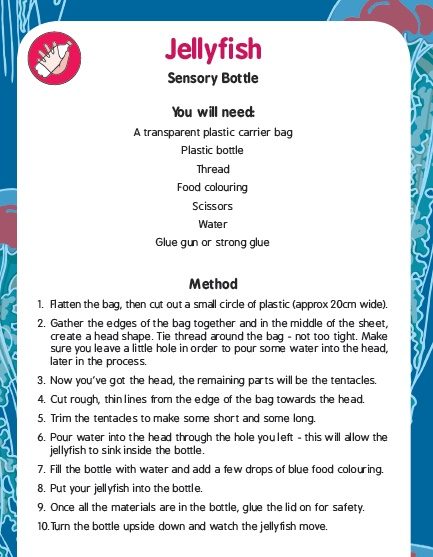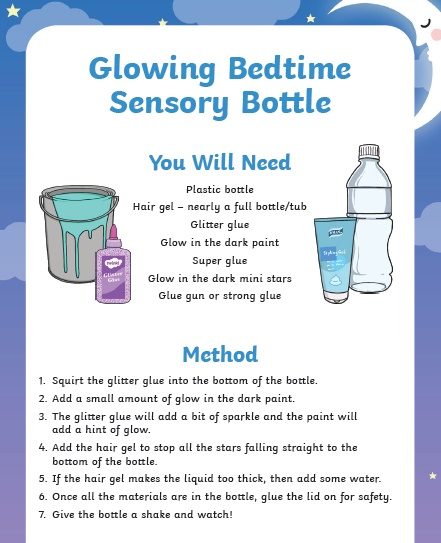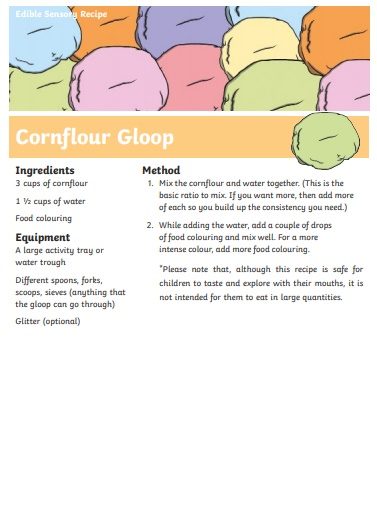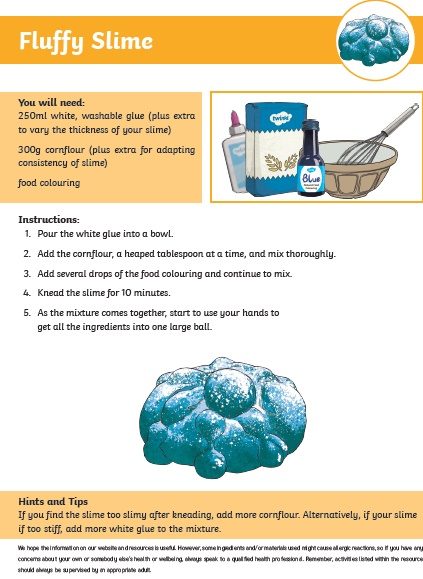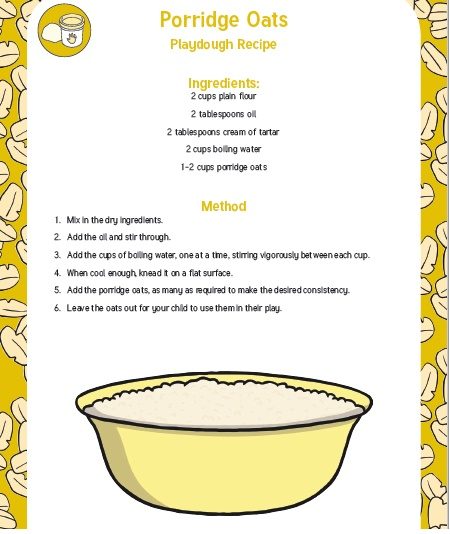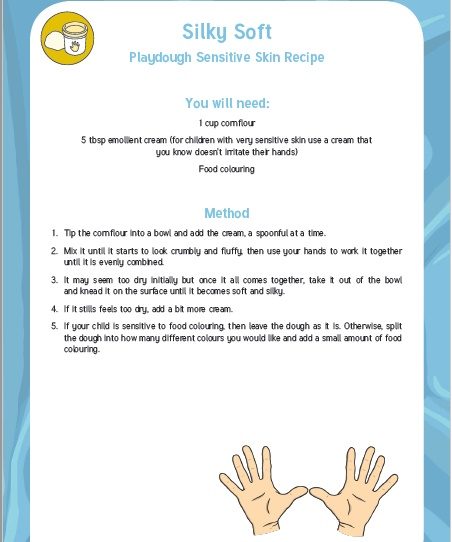digital music session pack
1. Hello Song https://youtu.be/ZHT8B1Pfw4s Equipment needed: 1 x small drum.
Each child in the circle gets a turn to play the drum while “hello everybody” is sung. Then when the “can you play the drum” line is sung, this is the child’s turn to play the drum while everyone
listens to them. Once they’ve had their turn they pass the drum to the next person and the song is sung again until everyone in the group has had a turn.
2. Banana Song https://youtu.be/hYW6DRG1Glo
Equipment needed: Nothing!
This is an action song, follow along the actions:
‘assemble’ – put your hands above your head like a banana
‘pick’ – pick bananas from the top of a tree ‘peel’ – peel your arms down from above your head as if you are a banana
‘slice’ – slice your hands back and forth above each other
‘mash’ – mash your first on top of each other
‘eat’ – mimic eating
‘go’ – dance as crazy as you like!
3.Pass The Thing https://youtu.be/u5EPa3Mfc8A
Equipment needed: two or three small hand percussion instruments.
Pass The Thing works similarly to the party game ‘pass the parcel’ when the song sounds “pass the thing” the percussion instruments are passed around the room. When the music stops, whoever has an instrument in their hand at that time keeps a hold of it. Then the song changes to “play the thing” and the people with instruments get a shot of playing.
4.Ocean Drum Song https://youtu.be/_sqt7PwnG6c
Equipment needed: drum or tambourine wrapped in ‘ocean’ fabric.
This song can be used in different ways depending on the child. If they are able to follow along with the lyrics they should be encouraged to play on “1, 2, 3” and to make wind and wave sounds
one the drum on “can you hear the wind/waves”. The song can just be used as background while each child explores the drum, playing it in whatever way they like. The last line of the song is “can you pass the ocean drum on to your friend” and this is when the drum should be passed on to the next person.
5. The Pirate Song https://youtu.be/tdwi3Nm0jBg
Equipment needed: a drum for each child.
Children should be encouraged to keep a beat along to the song and when the numbers are sung the should beat the drum in time. When there are four pirates, the group should drum four times
on “1, 2, 3, 4” when there are three pirates they should drum three times and then there should be a beat of silence; “1, 2, 3, SHH”. As with two and one; “1, 2, shh, shh” and “1, shh, shh, shh”
6. Down The River https://youtu.be/oqrRkChNdsI
Equipment needed: a drum for each child.
There are two sections to ‘Down The River’. Words in bold show where the drums should be hit The first part goes:
“Down the river, down the river, down the river we go, we go,
‘down the river, down the river, down the river we go, we go”
And the second part:
“Vi-va la vi-va, la vi-va, la-more, Vi-va la vi-va, la vi-va, la-more,
Vi-va la vi-va, la vi-va, la-more, vi-va la com-pa-ny”
7. Postmans Knock https://youtu.be/w2FRMQx15LA
Equipment needed: Four envelopes. (You can write fun made-up addresses on them if you’re feeling creative!)
For this game each child takes a turn to be the postman. They take all four envelopes and while “early in the morning…” is sung and walk around the outside of the circle. When you hear “you can hear the postman knock” the child stops walking and knocks on the back of the chair of the person they are closest to. This person the jumps up and pretends to open a door so the postman can deliver the letters in time with the song; “one letter, two letters, three letters, four”
8. Nanumahttps://youtu.be/g4NvRwYmjC8
Equipment needed: a chime bar for each child. Chime bars or a Keyboard with coloured labels : C (red), D (brown), F (blue), G (black) and A (yellow)
Nanuma can be used as a relaxed improvisation. All chime bars can be played together or you can ask the children to take turns listening to each other playing along to the song. Children could also be encouraged to sing along or vocalise if appropriate.
9. Goodbye song (relaxing)https://youtu.be/G8yQAwDKtd0
Equipment needed: orange glockenspiel or chime bars or keyboard; D (brown), E (grey), F (blue), G (black) and
A (yellow)
Allow each child to take turns playing the glockenspiel for the full duration of the song or give children a chime bar each and all play together.
10. Goodbye song (upbeat) https://youtu.be/kYB_XzpTtmk
Equipment needed: drums and/or hand percussion (one per child)
Play along to the song as energetically and enthusiastically as you like!
 So things have changed quite a bit in the last week. We hope you are all well and adjusting to the new routines.
So things have changed quite a bit in the last week. We hope you are all well and adjusting to the new routines.
 Floating Rainbow
Floating Rainbow

